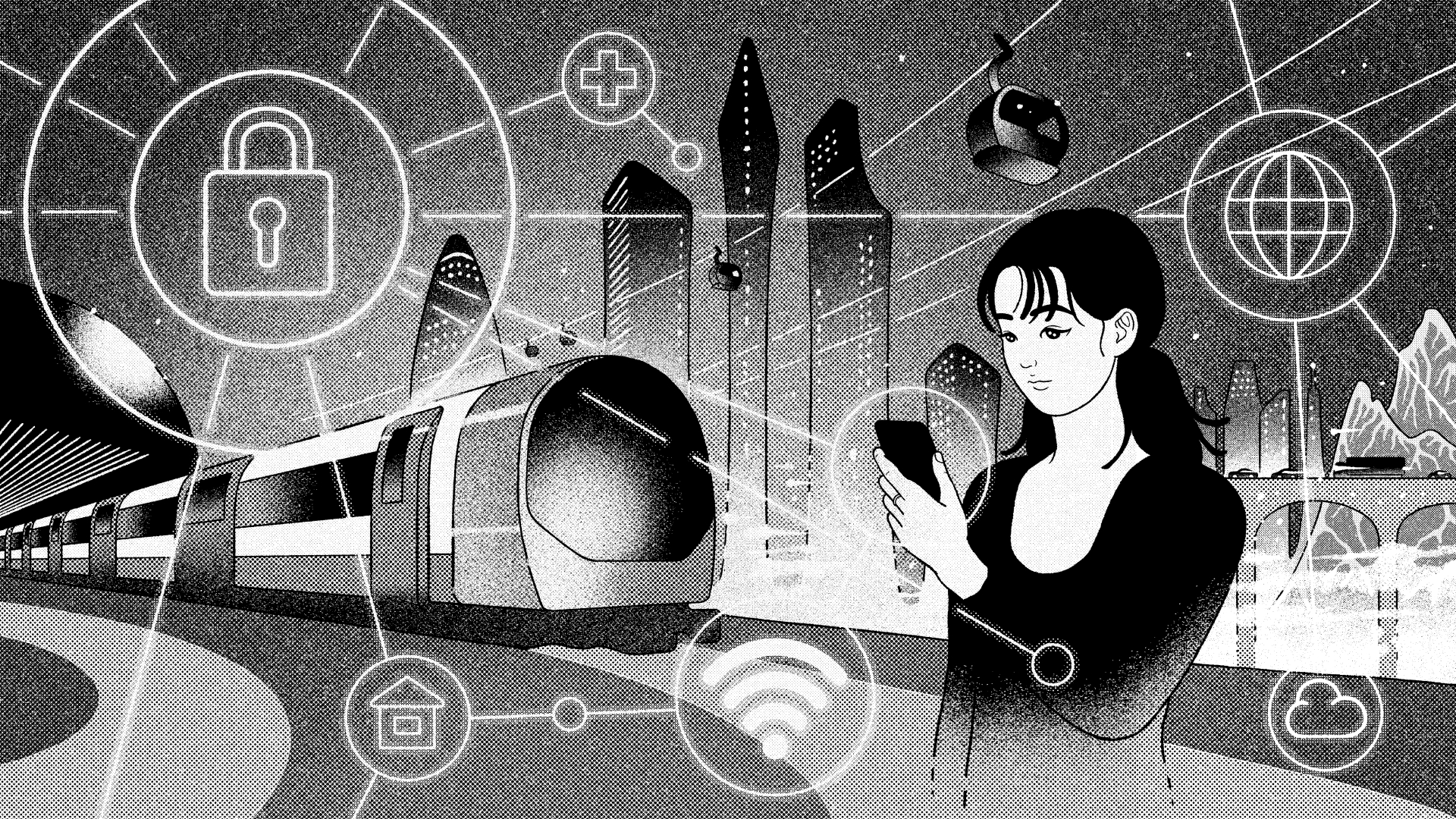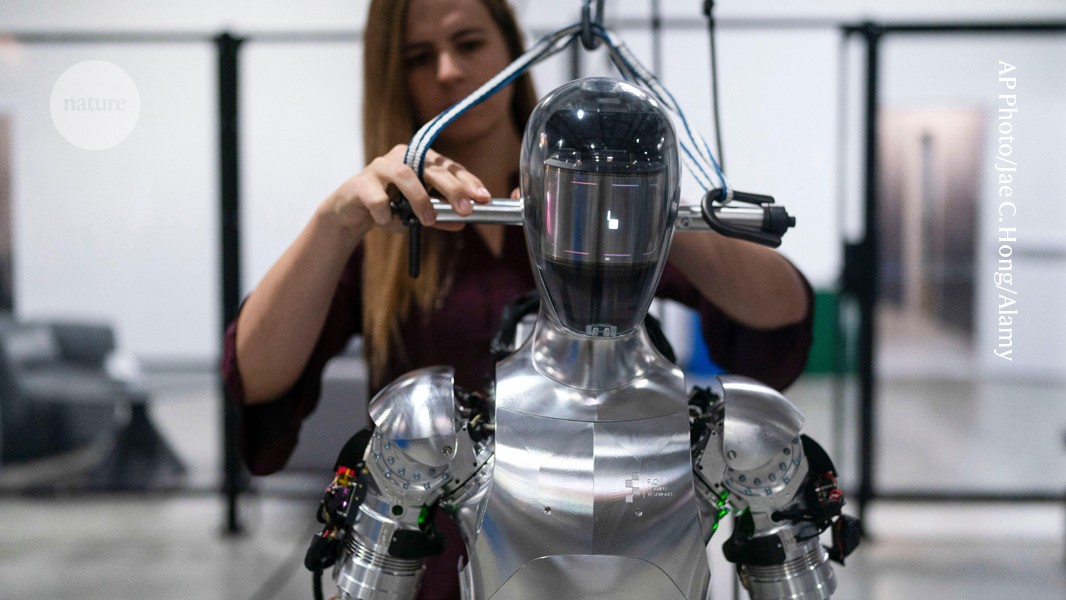- TECHSWU
- Posts
- TECHSWU #43
TECHSWU #43
Welcome to TECHSWU, your go-to destination for all things tech that matter in your daily life!




The rise of smart cities and the increasing reliance on interconnected systems to support urban societies also brings with it the risk of cyber attacks. Recent instances of ransomware attacks on digital infrastructure highlight the far-reaching consequences of such attacks, including disruption to critical services and even loss of life.
As urban populations continue to grow, it becomes crucial to ensure that enterprise technology is used to make these cities more sustainable and cyber-safe. Governments and large organizations are now recognizing the importance of protecting critical infrastructure and are taking action to incorporate cybersecurity into the development cycle.
This includes regulatory requirements, benchmarking progress towards resilience targets, and investing in new cybersecurity tools and technologies. By adopting a cyber-first approach, integrating security solutions, and continuously evaluating and assessing risks, smart cities can avoid compromised security and ensure a smooth transition to a digitally connected future.


The AI revolution is set to transform the world of robots, bringing them closer to the science fiction ideals of humanoid assistants. Major technology companies such as OpenAI and Google DeepMind are working on incorporating AI algorithms into robots to imbue them with common sense and the ability to carry out a wide range of tasks.
This development could usher in a step change in the capabilities of robots, making them highly versatile and skilled in a variety of contexts. However, there are still hurdles to overcome, such as the need for large and diverse datasets for robot training, managing hardware complexities, and ensuring safety.
Despite these challenges, the progress being made in integrating AI into robotics holds tremendous promise for the future of automation and intelligent machines.

The future of the automotive industry looks promising with the rise of electric vehicles (EVs). Automakers like Jaguar have committed to an all-electric future, and billions of dollars have been invested in the research and development of EVs.
While we can't predict the future with certainty, there are several optimistic predictions about electric cars in 2030 and beyond. Firstly, Tesla, despite its current dominance, may lose its position as other companies address its shortcomings and introduce better offerings.
Range anxiety, the fear of running out of charge, will become a thing of the past as EVs offer longer ranges and solid-state batteries with superior energy density and faster charging capabilities become standard. Electric cars will also become more accessible and affordable to the masses, and there will be a massive expansion in EV charging infrastructure.
Governments will play a significant role in promoting mass EV adoption, and self-driving technology will become more common. Developing countries like India and Indonesia will also embrace electric cars, while China solidifies its position as the leading EV producer globally.
The growth of the used EV market looks promising, and an influx of EV startups will cater to distinct market demands. Overall, the future of electric cars is bright and full of potential.


In the race to create the next big innovation in sneaker technology, shoe makers are focused on developing the best foam for cushioning. Companies like New Balance, Under Armour, and Nike are all vying for supremacy in the market for bulky running shoes that prioritize comfort.
Post-pandemic shoppers, even those returning to the office, are prioritizing comfort in their footwear choices. The popularity of cushioning technologies like New Balance's FuelCell and Under Armour's Flow has resulted in record sales and increased demand for foam-based shoes.
This trend has led to a battle in research laboratories, where shoe companies are working with chemical companies to create proprietary foam compounds. The goal is to create a soft and springy foam that provides the utmost comfort for athletes and everyday wearers alike.
Overall, the emphasis is on performance and versatility, with shoe companies striving to find the perfect balance between fashion and function.


A new technology known as synthetic aperture radar (SAR) is revolutionizing satellite observations of Earth. By bouncing radar signals off the ground and interpreting the echo, SAR satellites can peer through clouds and provide detailed, unobscured views of the Earth's surface.
This technology, which was previously limited to large commercial satellites, is now being combined with nanosatellites in low-Earth orbit to provide round-the-clock observation for a variety of users, from NGOs to military customers. SAR satellites offer wider coverage and higher-resolution images than optical satellites, and their capabilities have already been demonstrated in tracking the spread of wildfires, revealing damage from natural disasters, and monitoring environmental hazards.
With the falling cost of components and advancements in technology, SAR is poised to play an even greater role in environmental monitoring, supply chain management, and disaster response efforts.

Computer vision is a rapidly advancing technology that is reshaping various industries, from transportation to healthcare, retail, manufacturing, and more. In transportation, companies like Tesla and Waymo are developing autonomous vehicles that use computer vision systems to interpret their surroundings in real time.
In healthcare, AI-powered tools are being developed to analyze medical images and assist in early disease detection. Retail giants like Amazon and Sam's Club are adopting computer vision for their cashier-less systems, which track customers' movements and automatically charge their accounts.
In manufacturing, computer vision is being used to automate quality control processes and improve production line efficiency. While computer vision offers immense potential, it also raises ethical questions regarding privacy, bias, and job displacement.
Responsible frameworks and proactive measures are needed to guide the deployment of this technology and ensure equitable distribution of its benefits. Despite these challenges, computer vision has the potential to drive innovation and solve complex problems across various industries.


Artificial Intelligence (AI) technology could help combat human loneliness, according to robotics expert Tony Prescott from the University of Sheffield. In his new book, "The Psychology of Artificial Intelligence," Prescott suggests that relationships with AI can provide people with social interaction and support.
Loneliness has been shown to have negative impacts on health and well-being, making it important to find innovative solutions. Prescott argues that AI companionship could break the cycle of loneliness by helping individuals improve their social skills and maintain feelings of self-worth.
He believes that AI companionship could offer stimulating and personalized interactions, providing people with both human and artificial companionship. By exploring the nature of the human mind and comparing it to the development of AI, Prescott suggests that the partnership of psychology and AI can unlock further insights into both natural and artificial intelligence.


OpenAI has announced that it has started training a new flagship AI model to succeed its GPT-4 technology, which powers its popular chatbot, ChatGPT. The San Francisco-based company aims to build "artificial general intelligence" (AGI), a machine that can perform any task that a human can.
The new model is expected to bring "the next level of capabilities" and will be used in AI products such as chatbots, digital assistants, search engines, and image generators. To address the risks associated with the new model and future technologies, OpenAI is forming a Safety and Security Committee.
The company has a strong focus on both capabilities and safety and encourages open debate on the topic. OpenAI aims to advance AI technology faster than its competitors while also addressing concerns about the potential dangers of AI.

In the era of digital transformation, businesses are increasingly turning to accounting technology solutions to streamline their operations and improve efficiency. From small startups to large enterprises, businesses are recognizing the benefits of leveraging accounting software to stay competitive in today's fast-paced market.
Accounting technology solutions automate repetitive tasks, streamline workflows, and provide real-time insights into financial performance. These solutions not only save time and reduce the risk of human error but also enhance the customer experience.
By automating processes such as invoicing and payment processing, businesses can provide a seamless and convenient experience to their customers, improving satisfaction and loyalty. Accounting technology also offers benefits such as increased efficiency, real-time visibility into financial data, quick analytics, and cost savings.
As businesses continue to embrace digital technologies, accounting technology solutions are becoming a necessity for staying competitive in the digital age.

The article highlights the new era of the Internet that has been ushered in by 5G technology. With the continuous development and improvement of 5G networks, the demand for its applications in various industries is increasing.
The article emphasizes the impact of 5G on the Internet of Things (IoT), intelligent manufacturing, and intelligent logistics, which greatly improves production efficiency and operating costs. The coexistence of IoT development and 5G technology is crucial, as 5G networks enable faster speeds, lower latency, and greater connectivity, making them well-suited to support the increasing number of IoT devices.
The article also mentions WiMi Hologram Cloud, an industry-leading enterprise, and its role in driving cross-industry digital fusion and innovation. WiMi is working on a blockchain-based lightweight architecture that aims to provide secure and efficient connectivity solutions for the 5G IoT.
Overall, the article paints a positive outlook for the future of 5G and its potential to transform industries and drive economic development.


According to analysts at GlobalData, it would be impossible for the technology industry to decouple its supply chains from China. The report states that reworking supply chains is complex and expensive, with no quick fixes.
China controls many global supply chains as the world's manufacturing hub, and its massive investments in digital and clean energy technologies make complete decoupling virtually impossible. Chinese suppliers are major producers of consumer goods, electronics, solar panels, batteries, and 5G infrastructure.
Although factors such as China's shrinking population and the US-China trade war have made it less attractive as a manufacturing destination, its importance in emerging technologies and fast and cost-effective energy transition means companies will still rely heavily on Chinese supply chains. The report suggests that companies should consider relocating production and finding new suppliers in countries that carry less geopolitical risk and assess the best destination based on physical infrastructure, workforce, and existing industrial environment.
For Western companies, nearshoring or friendshoring, moving supply chain operations closer to the final consumer, may reduce costs of transportation and comply with trade restrictions while avoiding high labor costs. Latin America is seen as a promising nearshoring location due to strong engineering talent, low labor costs, and proximity to the US.

The O2 SURFTOWN MUC in Munich, Germany, has debuted its revolutionary waves created using Endless Surf technology. The surf park, which features both a naturally occurring river wave and an artificial surf lagoon, is able to produce consistent, ocean-like waves at will.
The technology allows for the customization of waves, catering to surfers of all skill levels. The park aims to make surfing accessible to those living away from the coastlines and enhance training opportunities for athletes.
Professional surfer and Olympian Leon Glatzer praised the technology, describing it as a "game-changer" for the future of surfing. The surf park's official opening is expected this summer, and additional projects are planned in other regions around the world.

A collaborative team at Lehigh University is leveraging wearable technology to mitigate musculoskeletal injuries in the military. The team, consisting of researchers from bioengineering, performance, and law enforcement backgrounds, aims to integrate physiological and biomechanical data to reduce the risk of injuries and accelerate soldiers' return to operation.
The team will monitor military recruits using wearable sensors that measure various physiological parameters such as heart rate, body temperature, and muscle oxygen saturation. They will analyze this data in combination with subjective assessments and develop algorithms to create individualized training plans for each operator.
The team also plans to use wearable technology to guide rehabilitation for injured operators, providing data to determine optimal workout or rehab plans. This unique collaboration between military performance, sports performance, and bioengineering aims to improve outcomes and support the military population.

The XReal Air 2 AR Glasses provide an affordable and convenient augmented reality experience. With comfortable design and excellent visual capabilities, these glasses offer a great option for users looking to enter the world of AR without breaking the bank.
The Mini-OLED panels provide a fantastic pixel density, resulting in crisp images and vibrant colors. The glasses are lightweight and ergonomic, ensuring a comfortable fit for extended use.
While they may not offer advanced spatial computing options like some high-end AR glasses, they still provide most of the features found in more expensive models. The audio quality is satisfactory, though not exceptional, and the XR experiences are somewhat limited.
However, for the price, the XReal Air 2 AR glasses are a solid choice for those seeking an accessible and enjoyable augmented reality experience.
